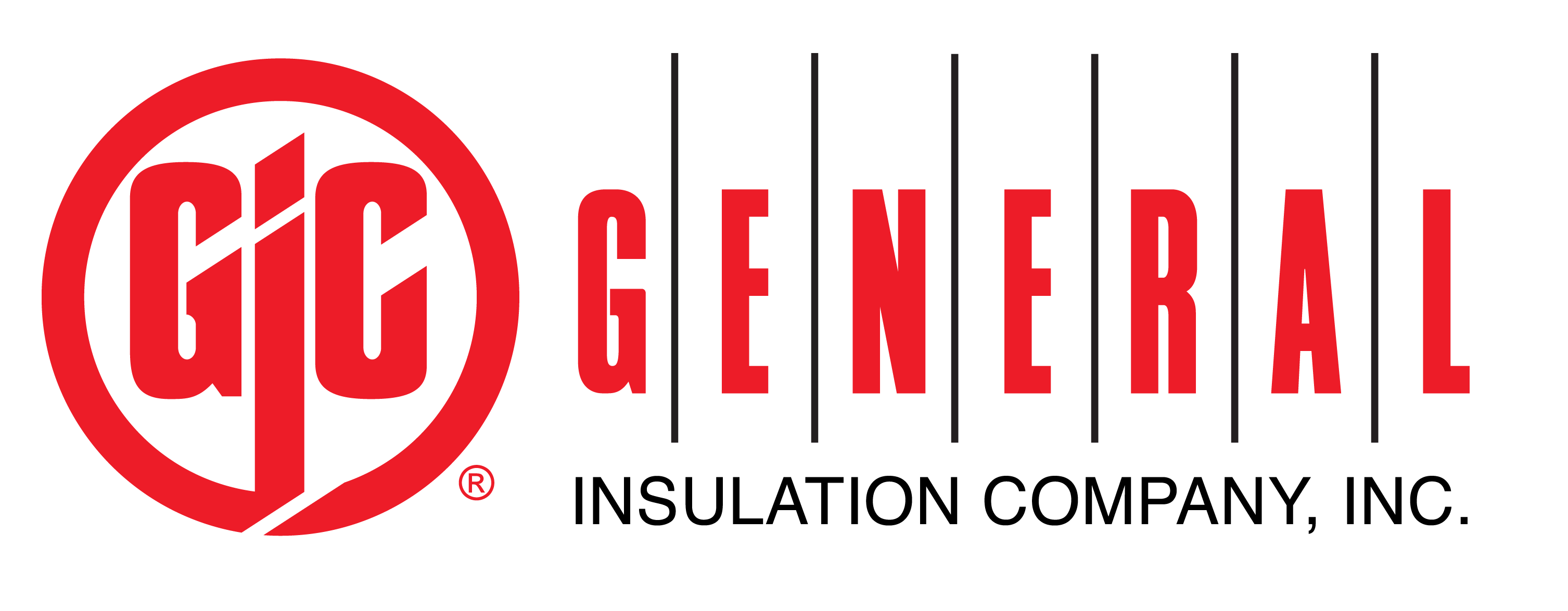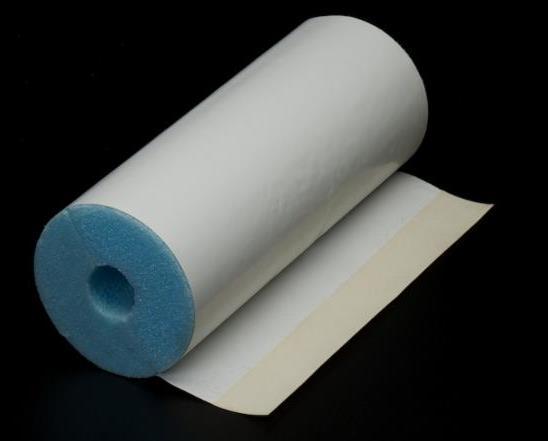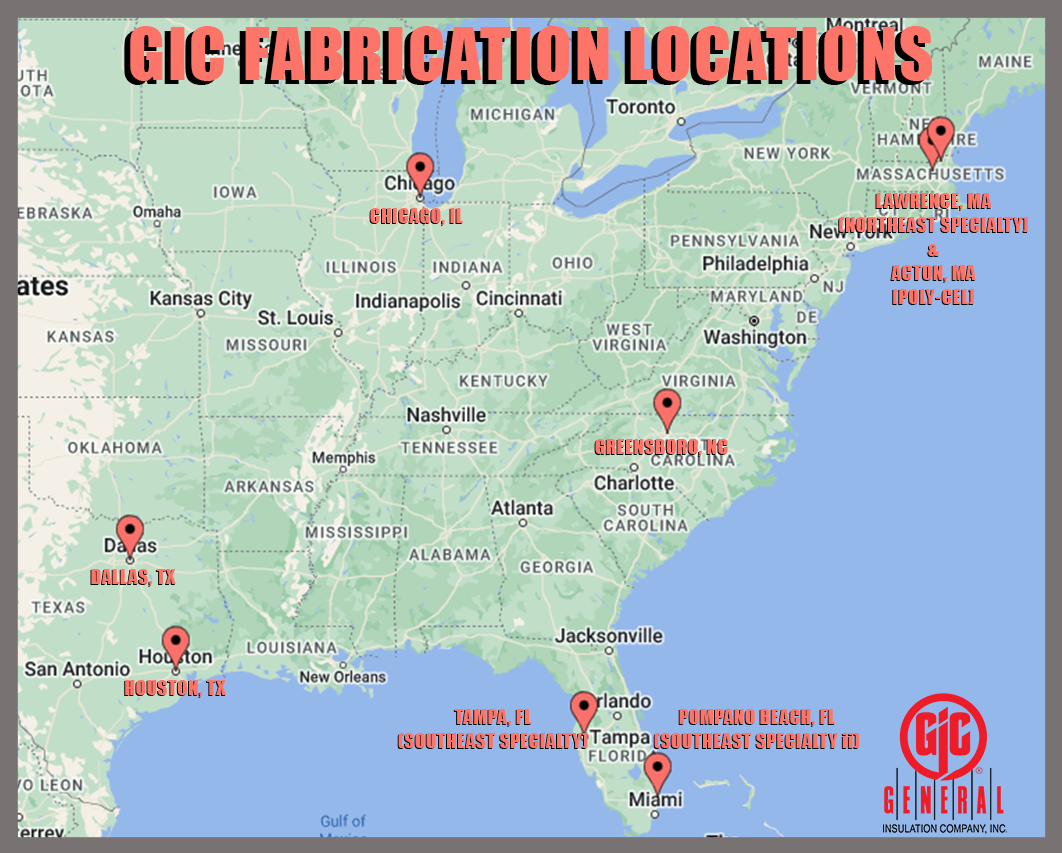The language used in the insulation industry can sometimes be confusing. Products referred to as a Moisture Barrier and Vapor Retarder (the terms “barrier” and “retarder” are often used interchangeably in the industry) frequently fall into the category of terminology that requires more clarity to differentiate their meaning. While both materials are used to resist the penetration of water, the reasons each are used are very different.
__________________________________________________________________________________________________________________________
What is a Moisture Barrier?
When water is present and touching the interior surface of metal jacketing, corrosion can and does occur. This can happen in all applications (hot or cold), with all metal jacketing types, and with all insulation types. A moisture barrier is a layer of plastic film (or other material) that is factory applied to the interior surface of all types of metal jacketing to help prevent pitting or crevice corrosion of the interior surface of the jacketing. A moisture barrier also inhibits galvanic corrosion between dissimilar metals of the jacketing and the pipe, tank, or equipment.
To keep water from causing jacket and pipe corrosion, the moisture barrier must be water resistant, continuous (few if any pinholes), tough, scratch resistant, and durable. ITW Insulation Systems recommends using a Polyfilm Moisture Barrier (PFMB) on metal jacketing, as it is the only moisture barrier capable of offering all of these necessary properties while also being economical and widely available.
LEARN MORE
__________________________________________________________________________________________________________________________
What is Vapor Retarder?
Water entering an insulation system can have destructive effects on the system. Moisture that has successfully absorbed into the insulation is harmful to the thermal performance of the insulation material. A vapor retarder is a material (or combination of materials) that helps keep water and water vapor out of the insulation system. Most importantly, the main purpose of a vapor retarder is to resist the transmission of the water vapor into the insulation system from the warm and humid ambient surroundings to the cold pipe. Vapor retarders are applied to the outer surface of the insulation material at either the factory level or in the field.
Systems that operate below ambient temperatures (i.e. cold service) should always include a continuous and low permeance vapor retarder system. For these applications, the long-term success of an insulation system will be very dependent on the quality and continuity of the vapor retarder used. Durability, flexibility, and excellent water resistance (low permeance) are crucial properties of a vapor retarder. ITW Insulation Systems recommends the use of Saran CX Vapor Retarder film and tape for most cold pipe insulation applications.
__________________________________________________________________________________________________________________________






